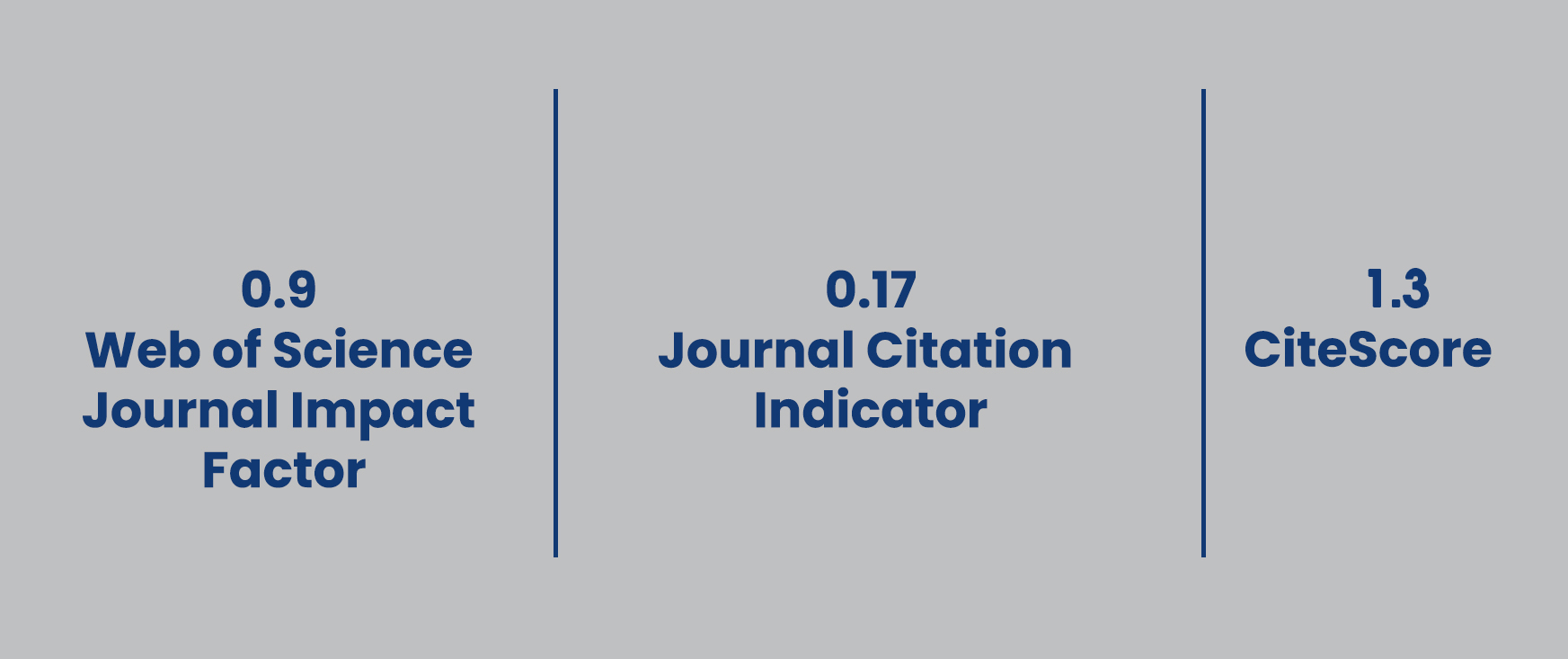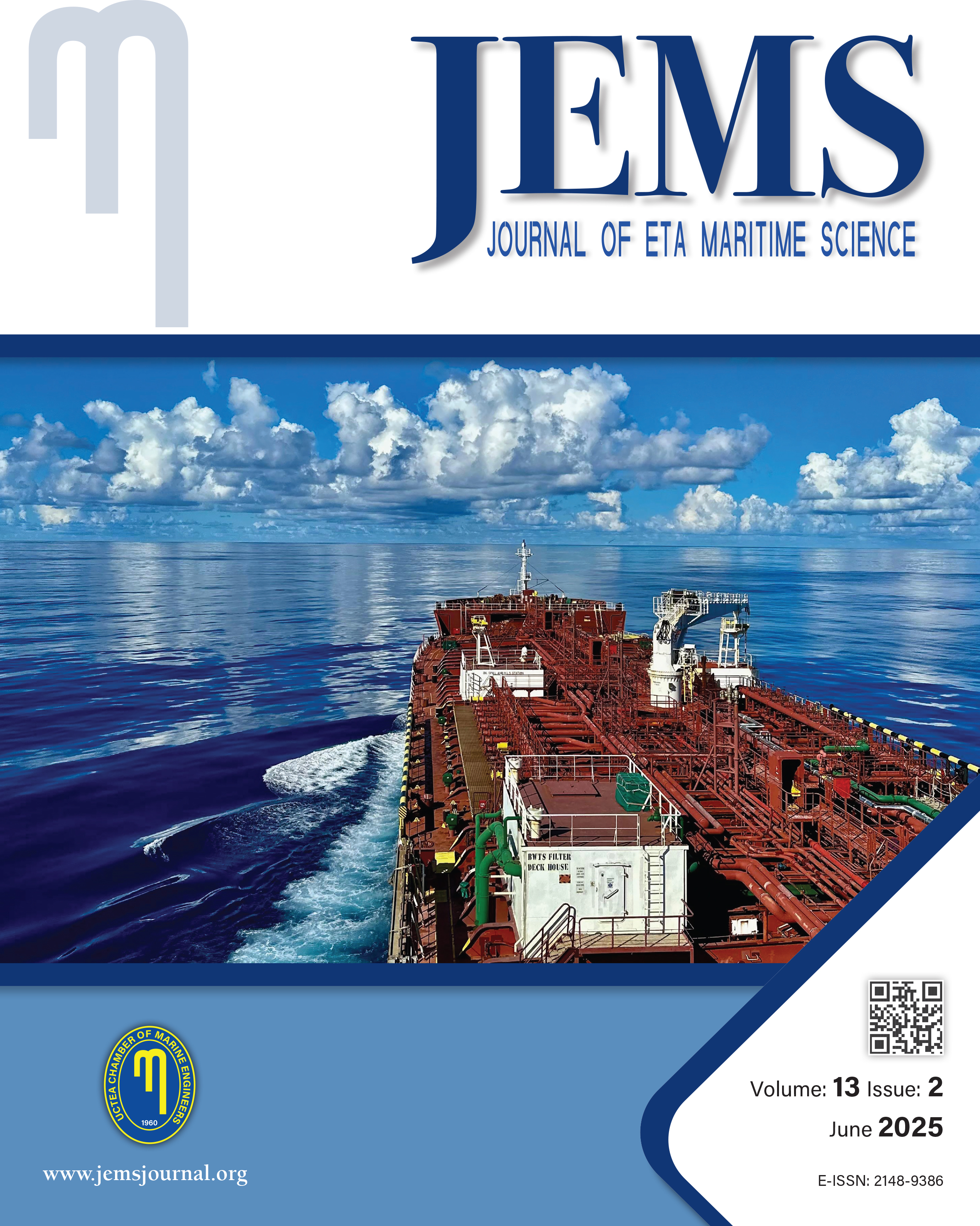

JEMS apply the Creative Commons Attribution NonCommercial 4.0 International Licence to all manuscripts to be published
Analysis of the Strain-Dependent Damping of Paulownia Wood to Reduce Vibrations in Maritime Transport
Jürgen Göken1, Nicolas Saba21University of Applied Sciences Emden/Leer Faculty of Maritime Sciences, Leer, Germany2University of Balamand Faculty of Engineering, Department of Mechanical Engineering, Tripoli, Lebanon
The shipping industry is striving to optimise efficiency and safety regarding sound and vibration protection through innovations. A key aspect of these innovations is the development of new insulation materials that help minimise vibrations and noise. In addition to protecting the ship's structures, the protection of the crew members is also of great importance. Noise pollution and persistent vibrations can adversely affect the health and well-being of the crew. This, in turn, can reduce performance and responsiveness in critical situations. Paulownia wood is an innovative natural product and a fast-growing and lightweight wood that can be cultivated worldwide. In light of the increasing interest in sustainable building materials and the growing demand for lightweight construction solutions, especially in shipbuilding, it is crucial to better analyse and hence understand the damping potential of Paulownia wood which significantly affects its acoustic behaviour. Damping was investigated by measuring the logarithmic decrement of freely decaying bending oscillations as a function of the maximum strain amplitude. The measurements were carried out on a common Paulownia species (obtained from plantations in Georgia, Italy, and Spain) and a new species of Paulownia obtained from a plantation in Germany. It was found that all damping curves exhibited a strain-independent and a strain-dependent range. Moreover, it was shown that the influence of the fibre orientation on the damping behaviour was less than expected.
Keywords: Wood, Bio-based materials, Damping, Dynamic mechanical analysisManuscript Language: English
(251 downloaded)










